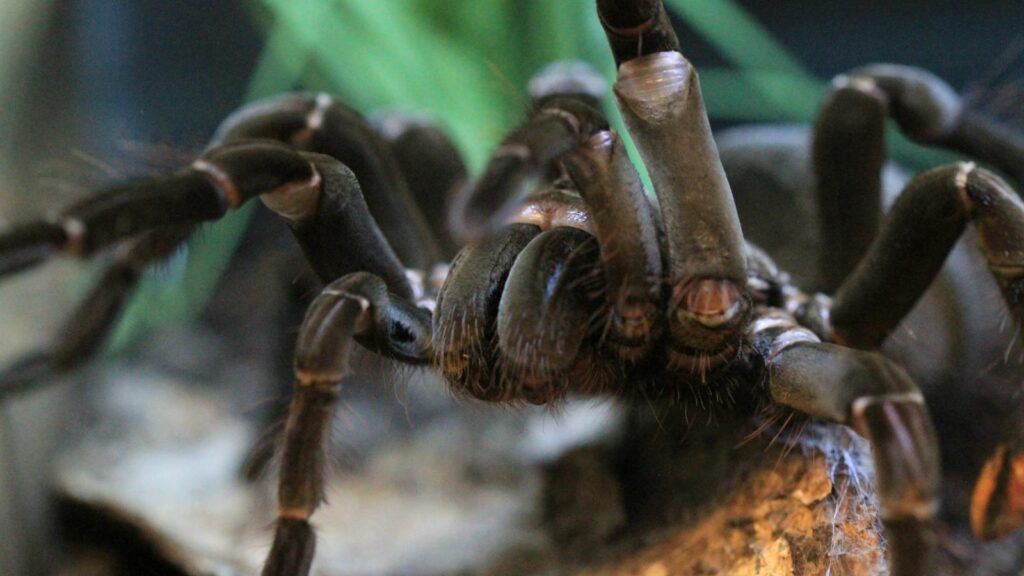
Venomous spiders, while fascinating creatures in their natural habitats, can pose serious health risks when they take up residence in our homes. From the distinctive black widow to the reclusive brown recluse, these eight-legged invaders are not just a source of fear and anxiety but can deliver painful and potentially dangerous bites. The good news is that with proper knowledge and preventative measures, you can significantly reduce the likelihood of these unwelcome guests establishing themselves in your living spaces. This comprehensive guide explores effective strategies to spider-proof your home, recognize potential threats, and maintain a safer environment for you and your family without resorting to harmful chemicals or extreme measures.
Understanding Which Venomous Spiders Pose Threats in Your Region
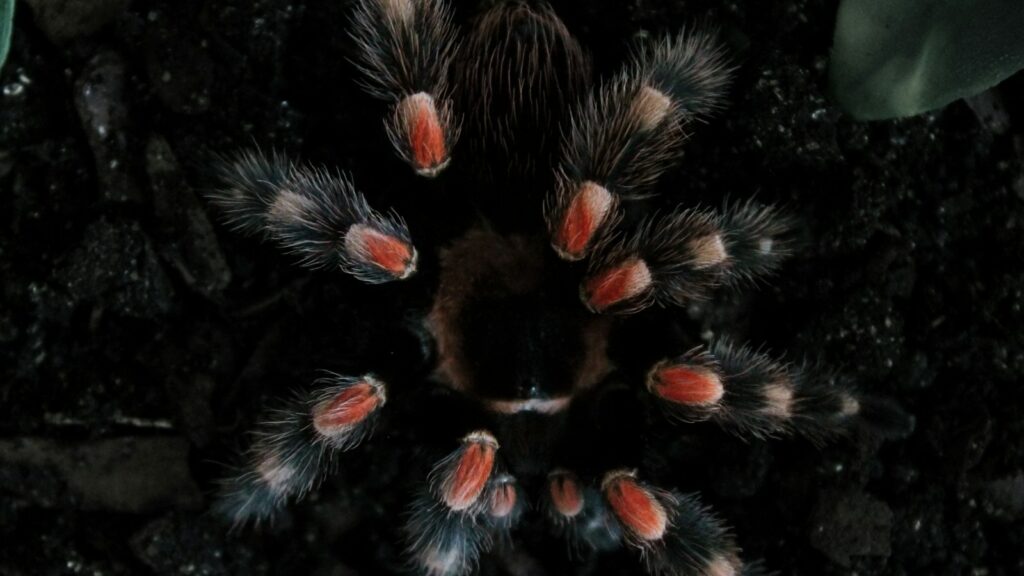
Before implementing prevention strategies, it’s crucial to identify which venomous spiders naturally occur in your geographic location. In North America, the black widow (recognizable by its shiny black body and red hourglass marking) and the brown recluse (identified by its violin-shaped marking) are the most medically significant species. Other regions may contend with different species such as the funnel-web spiders in Australia or the Brazilian wandering spider in South America. Your local extension office or pest control service can provide specific information about venomous spiders common to your area. Understanding which species you’re dealing with allows you to customize your prevention approach and better recognize potential danger if spiders are spotted.
Sealing Entry Points Around Your Home’s Exterior
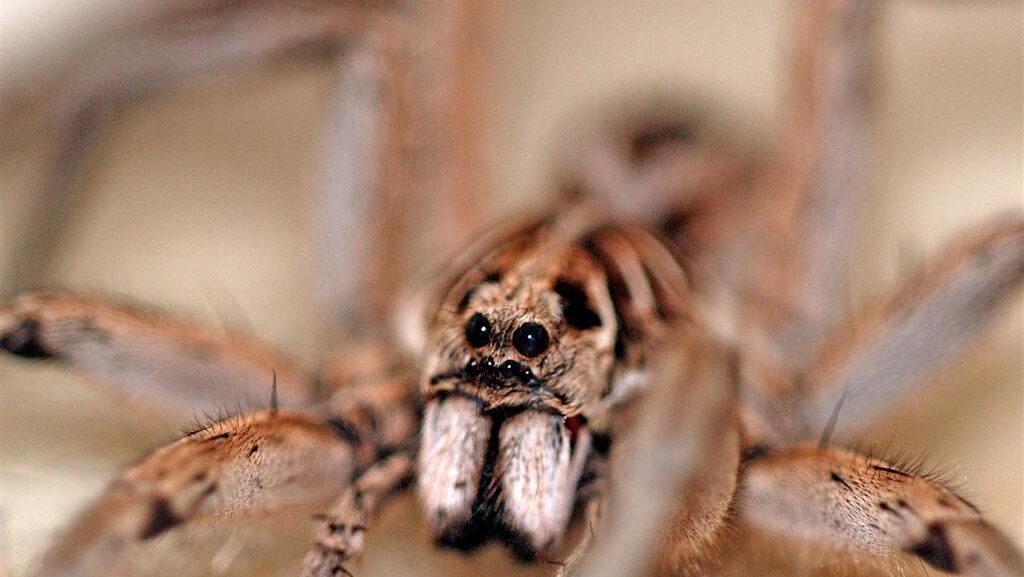
Spiders can enter homes through surprisingly small openings, sometimes gaps as narrow as 1/16 of an inch. Conduct a thorough inspection of your home’s exterior, paying close attention to areas where utility pipes enter, foundation cracks, torn window screens, and gaps around doors or windows. Use caulk to seal smaller cracks and crevices in the foundation, walls, and around windows. For larger gaps, expanding foam or weather stripping may be more appropriate. Don’t forget to check less obvious entry points like dryer vents, chimney openings, and areas where roof lines meet walls. This crucial step creates a physical barrier that prevents spiders from accessing your interior spaces in the first place.
Creating a “Buffer Zone” Around Your Foundation

Establishing a clear perimeter around your home’s foundation can significantly reduce spider populations near your dwelling. Remove vegetation, mulch, leaf litter, and debris that sits directly against your home’s exterior walls. This 18-24 inch vegetation-free “buffer zone” eliminates hiding places and hunting grounds that spiders prefer. Replace organic mulch near the foundation with gravel or stones, which are less hospitable to spiders and their prey. Additionally, position woodpiles, compost bins, and garden equipment well away from the house, as these make perfect harborage sites for various spider species. This strategic landscape management disrupts the spider habitat chain that can otherwise lead directly to your doorstep.
Managing Outdoor Lighting to Reduce Insect Attraction

Outdoor lighting unintentionally creates a nocturnal buffet that attracts spiders by first drawing in their insect prey. Consider replacing standard outdoor bulbs with yellow “bug lights” or sodium vapor lights, which are less attractive to insects. Position necessary outdoor lighting away from doors and windows when possible, or angle lights to shine away from the house rather than directly on entry points. Motion-activated lights can also reduce the overall time that lights remain on, decreasing the window of opportunity for insect gathering. Smart lighting systems can be programmed to minimize use during peak insect activity hours, creating a less inviting environment for the food chain that ultimately sustains spider populations around your home.
Regular Cleaning and Decluttering Indoor Spaces
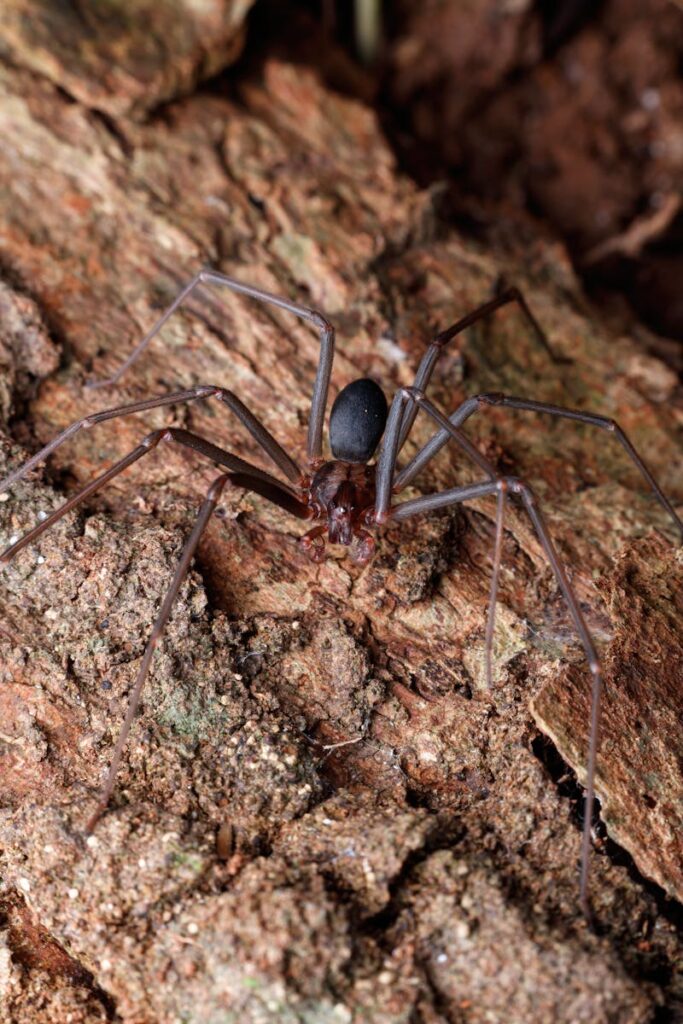
Venomous spiders, particularly species like the brown recluse, thrive in undisturbed, cluttered environments where they can remain hidden. Implement a consistent cleaning routine that includes vacuuming corners, baseboards, under furniture, and behind items that rarely get moved. Pay special attention to low-traffic areas such as basements, attics, storage closets, and rarely-used guest rooms. Reduce clutter by organizing items in plastic sealable containers rather than cardboard boxes, which can provide both entry points and nesting materials. When retrieving seasonal items from storage, shake them out thoroughly and inspect before bringing them fully into living spaces. Regular disturbance through cleaning prevents spiders from establishing permanent residences and eliminates the dust and debris that can harbor smaller insects that serve as spider food.
Employing Natural Spider Repellents
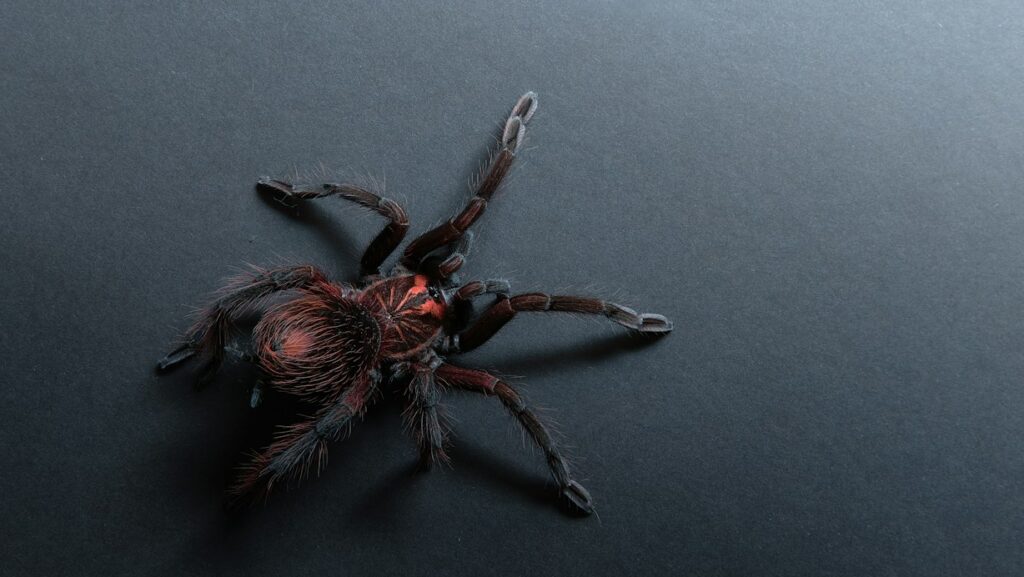
Several natural substances appear to repel spiders without introducing harsh chemicals into your home environment. Essential oils such as peppermint, tea tree, citrus, and eucalyptus have shown effectiveness when diluted with water and sprayed around entry points, windowsills, and baseboards. Vinegar solutions (typically equal parts white vinegar and water) can be applied to areas where spiders frequently travel. Chestnuts contain a natural compound that some spiders seem to avoid; placing these in corners and along baseboards may deter eight-legged visitors. Diatomaceous earth, a powder made from fossilized aquatic organisms, can be sprinkled in crawl spaces and less-trafficked areas; it damages the exoskeletons of spiders and other insects that cross it. Remember that natural repellents generally need more frequent application than chemical alternatives to maintain their effectiveness.
Using Sticky Traps for Monitoring and Control
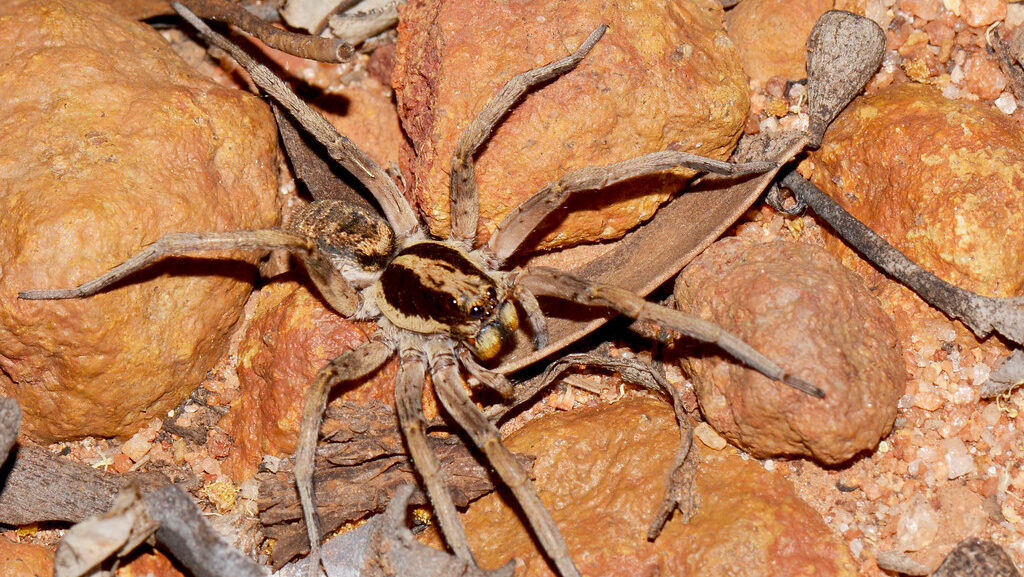
Sticky traps provide both a passive control method and a monitoring system to assess the effectiveness of your prevention efforts. Place these inexpensive traps in corners, along baseboards, near suspected entry points, and in storage areas where spiders might travel. Check the traps regularly to identify which species are present in your home and where they’re most active. If you capture venomous species, this information can help you target prevention methods more effectively or determine if professional intervention is necessary. For households with small children or pets, consider using covered glue traps that prevent accidental contact with the adhesive surface. While sticky traps won’t eliminate an infestation, they serve as an early warning system and can reduce population numbers over time.
Controlling Spider Prey Populations Indoors
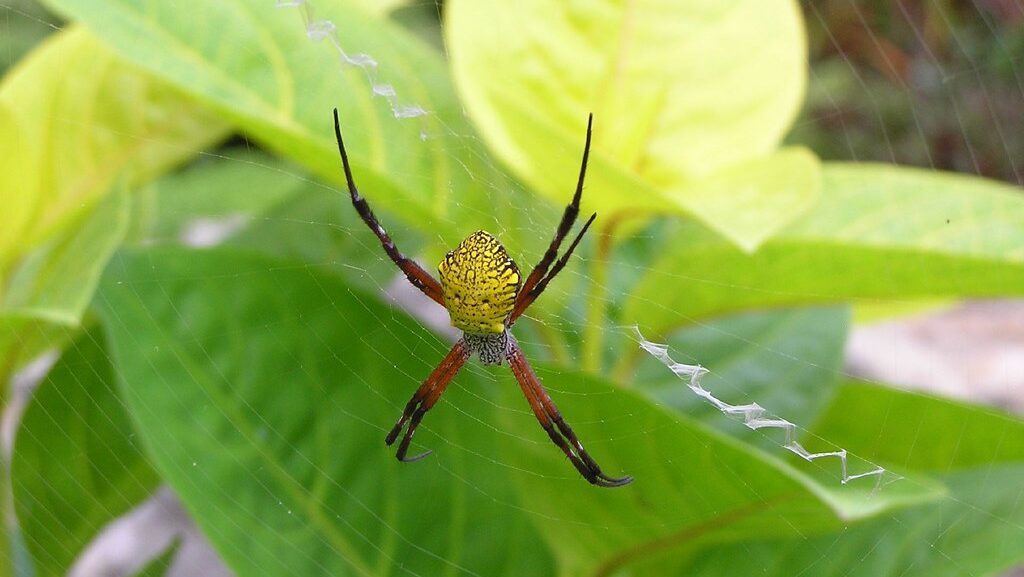
Spiders follow their food sources, so reducing the insects they hunt naturally decreases spider populations. Address any interior insect issues that might be attracting spiders, such as pantry pests, flies, or silverfish. Store food in airtight containers and promptly clean up crumbs and spills that might attract insects. Repair leaky faucets and pipes that create the humid environments many household insects prefer. Consider using insect screens on windows and doors that allow ventilation while keeping potential spider prey outside. Remember that completely eliminating all insects isn’t realistic or even desirable (many are beneficial), but managing excessive populations removes the incentive for spiders to hunt inside your home.
Special Attention to Basements, Garages, and Storage Areas
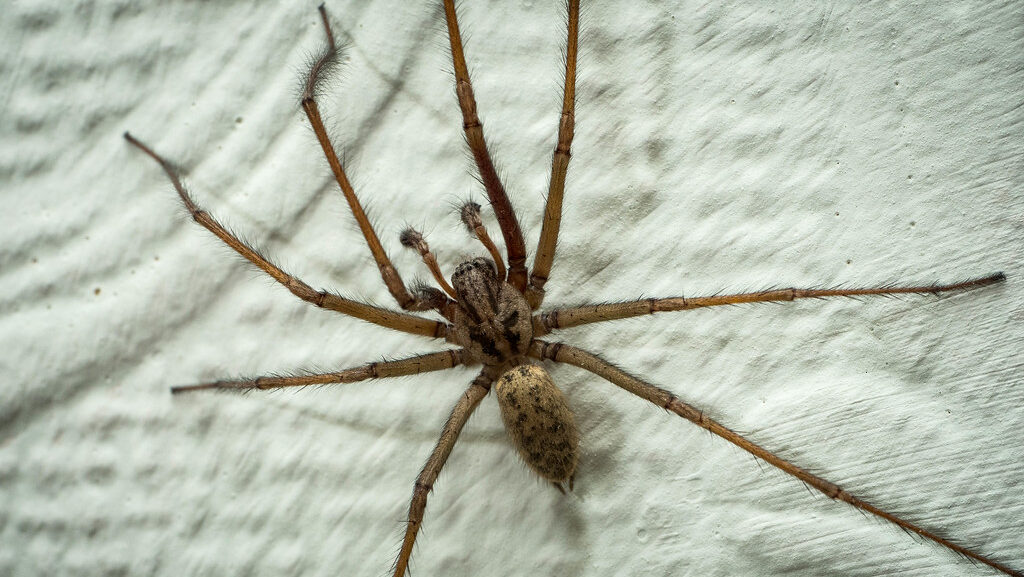
Unfinished or infrequently used spaces like basements, crawl spaces, garages, and attics often become prime real estate for venomous spiders seeking undisturbed environments. Increase the frequency of inspection and cleaning in these areas, even if they aren’t regular living spaces. Store items in these areas off the floor on shelving units when possible, and use sealed plastic containers rather than open cardboard boxes. Consider applying residual insecticide treatments specifically labeled for spiders around the perimeter of these spaces if they consistently harbor spider populations. Install better lighting in these areas, as venomous species like the brown recluse typically avoid well-lit environments. Dehumidifiers can make these spaces less hospitable to both spiders and the insects they prey upon by reducing the moisture levels that many arthropods prefer.
Inspecting Items Before Bringing Them Indoors

Spiders frequently enter homes as stowaways in items brought in from outside or from other potentially infested locations. Thoroughly inspect groceries (especially produce like grapes and bananas), firewood, plants, yard equipment, and seasonal decorations before bringing them indoors. Shake out gardening gloves, boots, and rarely used shoes before putting them on, as these provide ideal hiding spots for spiders seeking shelter. When retrieving items from storage or accepting second-hand furniture, examine them carefully in good lighting before introducing them into your main living spaces. If purchasing plants from nurseries or garden centers, check the soil, pot undersides, and foliage for signs of spider activity or egg sacs. This vigilance prevents the unintentional introduction of venomous species that might otherwise bypass your perimeter defenses.
Knowing When to Call Professional Pest Control
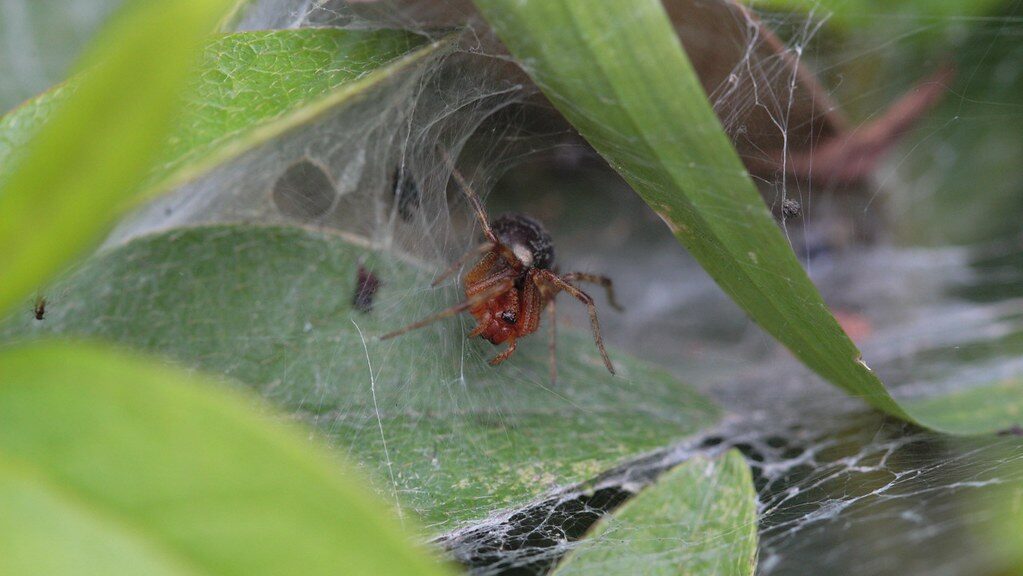
Despite your best prevention efforts, certain situations warrant professional intervention from experienced pest control specialists. If you’ve positively identified venomous species like black widows or brown recluse spiders in multiple locations throughout your home, this indicates a potential infestation requiring expert assessment. Homes with vulnerable individuals such as small children, elderly residents, or persons with compromised immune systems may benefit from professional prevention programs even before spiders are spotted. Properties with historical spider problems or those adjacent to ideal spider habitats like wooded areas or abandoned structures might require the targeted application methods that professionals can provide. Professional pest control technicians can also identify structural issues you might have missed that continue to allow spider entry despite your prevention efforts.
Educating Family Members About Spider Safety
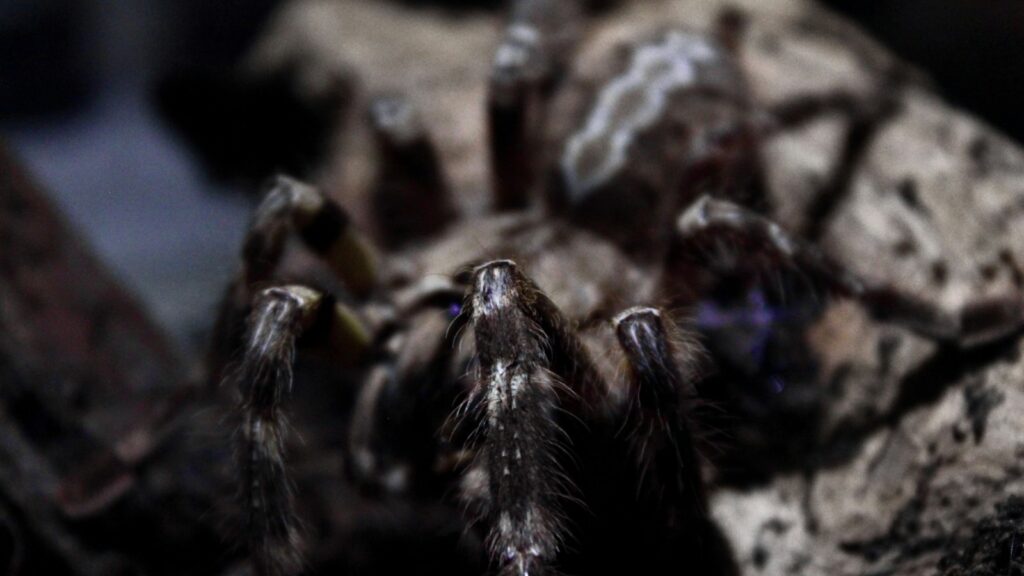
Prevention involves not just physical measures but also behavioral awareness among all household members. Teach family members to recognize venomous species common to your area and to understand the difference between dangerous spiders and beneficial ones that help control other pests. Establish protocols for spider encounters, such as using a glass and paper to safely trap and remove spiders rather than attempting to kill them with hands or objects that require close contact. Show children and others how to shake out shoes, clothing, and bedding before use, especially in regions where dangerous species are common. Emphasize the importance of wearing gloves when retrieving items from storage or working in garages, attics, or garden sheds where spiders may be present. This educational component creates a household culture of awareness without fostering unnecessary fear.
Maintaining Year-Round Vigilance

Spider prevention isn’t a one-time effort but requires seasonal adjustments to remain effective throughout the year. In spring and summer when spider activity increases, intensify perimeter treatments and outdoor buffer zone maintenance. Fall often brings increased spider entry attempts as temperatures drop and they seek warmer environments. Winter provides an excellent opportunity to address indoor harborage sites through deep cleaning and decluttering while most spider activity is reduced. Create a calendar for spider prevention activities such as replacing weather stripping, refreshing natural repellents, checking sticky traps, and scheduling professional treatments if used. Consistent attention prevents the establishment of breeding populations that can quickly undo progress made through sporadic prevention efforts.
Keeping venomous spiders out of your home involves understanding their behaviors, eliminating entry points, reducing attractants, and maintaining vigilance. While complete elimination of all spiders isn’t realistic or even desirable (most species are beneficial), these targeted strategies can significantly reduce the likelihood of dangerous encounters with venomous species. By implementing these preventative measures consistently, you create a less hospitable environment for unwanted arachnid guests while maintaining a safer, more comfortable home for your family. Remember that prevention is always preferable to dealing with established spider populations, especially when those populations include species that pose genuine health risks.
